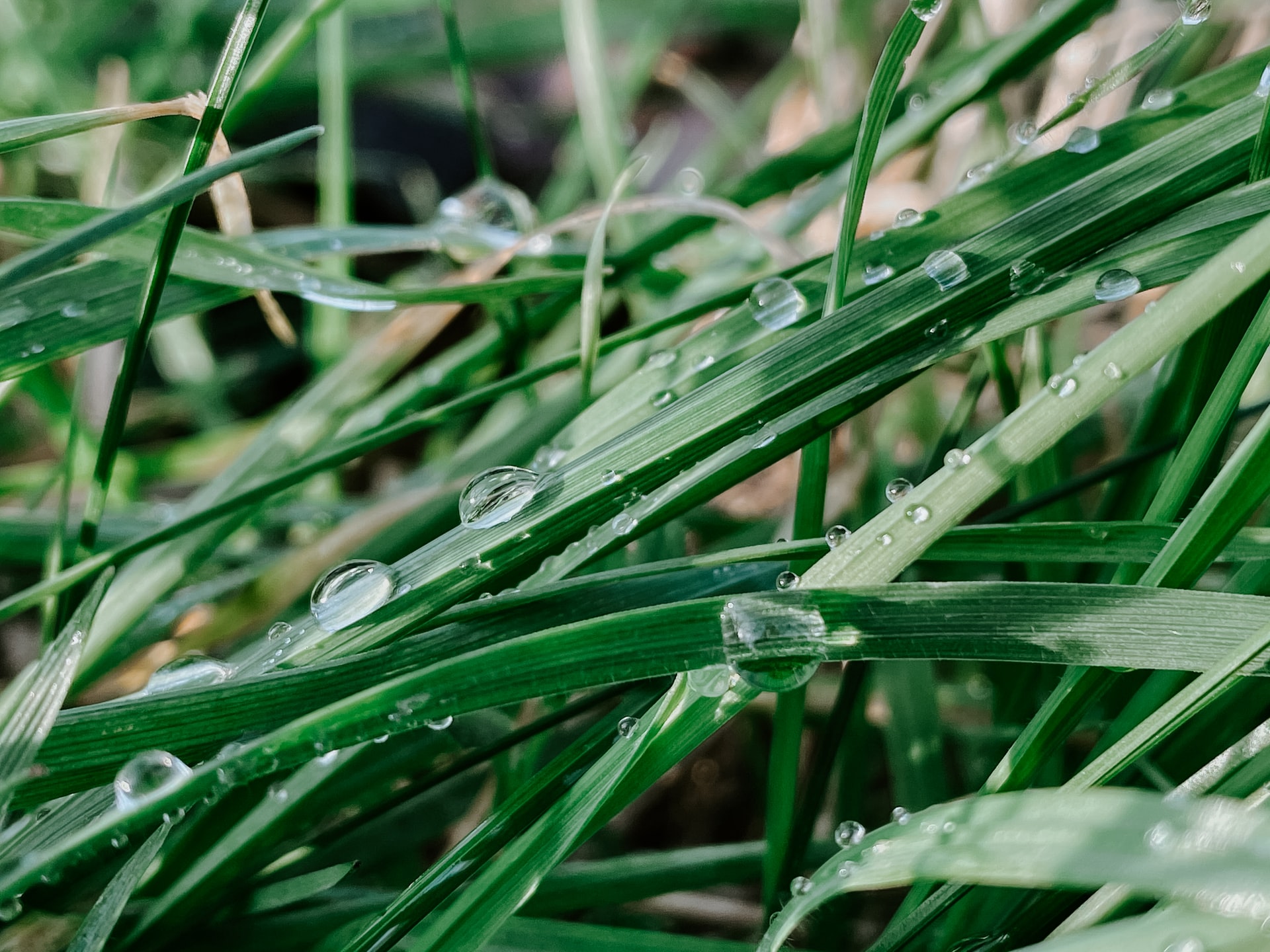When looking for solutions to home moisture or flooding problems, you’ll come across two terms often: damp proofing and waterproofing. Contrary to popular assumption, these are two different things! In order to ensure your home’s water problems are solved properly, knowing the difference is vital. So, damp proofing vs. waterproofing – what are their differences?
Damp Proofing
As you might expect, damp proofing is protecting something against dampness. While that may not seem different from waterproofing, the difference lies in the degree of protection.
If you have a basement, regardless of whether the interior is finished, the basement will be surrounded by stone walls. Whether these are cement or stone brick makes little difference. The reason this matters is that stone is not as waterproof – or damp proof – as people think it is. While stone does a good job of keeping water at bay in small quantities, consistent dampness attempting to infiltrate stone walls will, eventually, succeed.
Stone, basement walls are holding the weight of all of the house structure sitting on top of them. After even just a few years, microscopic cracks will form in the walls. These cracks may be too small to see with the naked eye, but moisture doesn’t need to see cracks to find its way inside of them.
This moisture can make its way to the interior of the basement. This will cause mold in finished basement walls or becoming visible moisture on the surface of an unfinished basement wall. Damp proofing seeks to prevent this moisture from getting inside.
Waterproofing
Waterproofing, like damp proofing, is done to keep water from getting into your basement. The difference is in extensivity. Damp proofing keeps moisture from the soil from seeping in. Waterproofing protects your basement walls from excessive groundwater. For example, if your yard slopes toward your home, rain will run down the hill and collect against the walls of your basement. This is what waterproofing seeks to prevent.
If left unchecked, this kind of water buildup against a basement wall can lead to basement flooding. The longer water is allowed to enter cracks in the wall, the more the cracks will widen from erosion. This, in turn, allows more water to enter your basement. It also hurts the integrity of your basement walls. Eventually, you may end up with significant amounts of water coming into your basement when it rains. It may pool along the wall or even advance in intensity until it covers the entire floor, pooling up and flooding the basement.
Which One Is Right for You?
When it comes to damp proofing vs. waterproofing, choosing can be tricky. The question of which method is right for you depends entirely on what kind of problems you’re experiencing.
If the water getting into your home has been getting progressively worse since you moved in, it may be a sign that cracks are widening. If your yard slopes or you live at the bottom of a hill, you should probably invest in exterior basement waterproofing.
However, if you’re simply experiencing moisture on your basement walls, damp proofing may be all that’s necessary. Before investing, you should also confirm the source of your moisture issues. If you need help with waterproofing or damp proofing, give us a call at POM Waterproofing. We’re happy to help however necessary.




